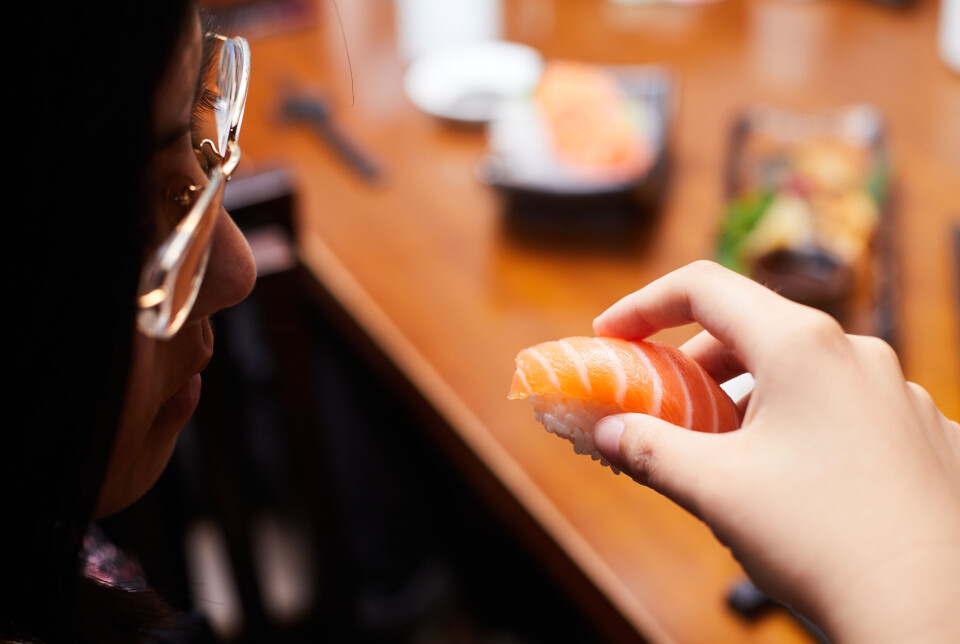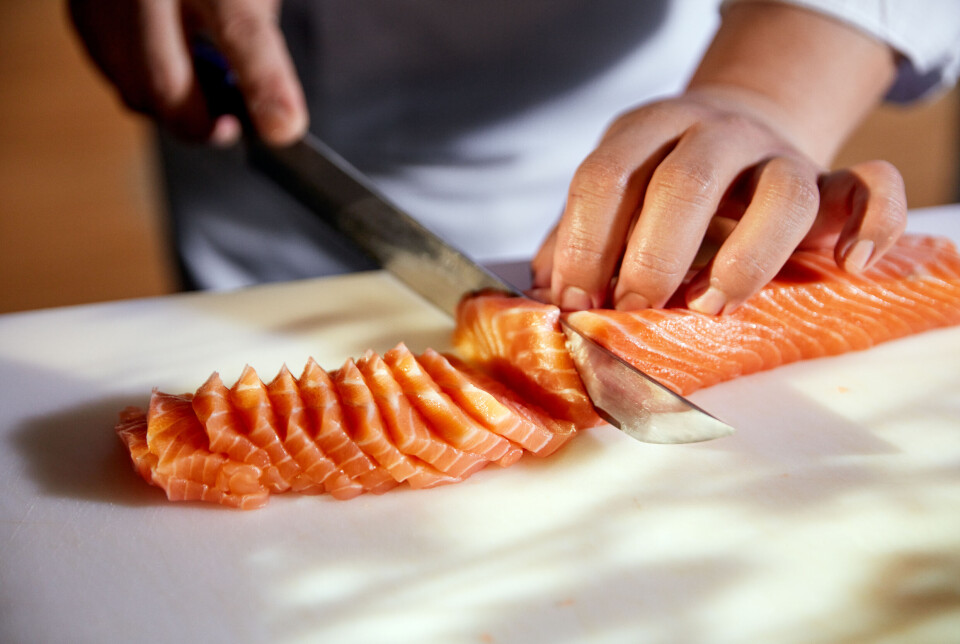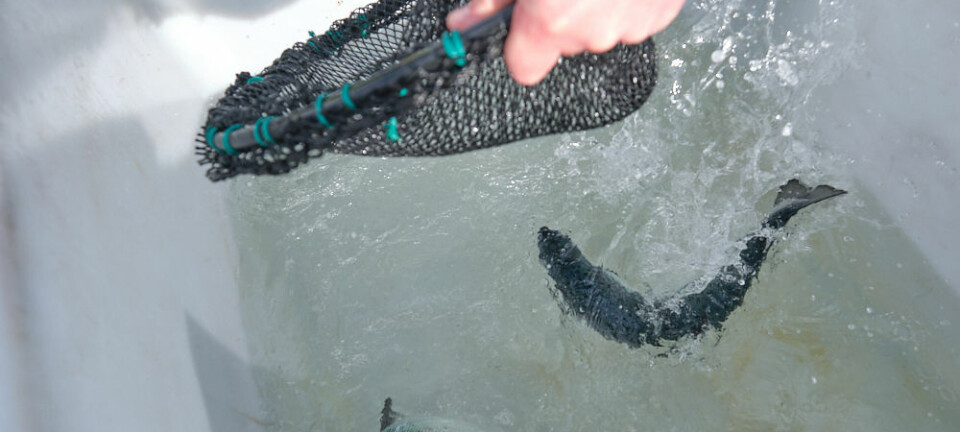
How Japan got a yen for salmon
The fish is now synonymous with sushi but it took an initiative from Norway to make it happen
These days, we are used to seeing raw salmon as an essential ingredient of the Japanese dish, sushi. But it hasn’t always been the case. No shogun ever ate salmon in such a way, and it was absent from the Edo period.
In fact, raw salmon's inclusion in sushi only began after Project Japan, which involved a delegation from Norway travelling to Japan in 1985 to establish trade relations and sell fish. A couple of years later, the potential for raw farmed salmon to be used in sushi and sashimi was identified by Norwegians, kicking off a long-term effort to promote the product.
The impact of that work has been impressive. Salmon sushi has played a vital role in establishing a global preference for raw salmon and according to estimates from the Norwegian Seafood Council (NSC), around 30% of Norwegian salmon ends up as sushi and is consumed raw.
A global phenomenon
With International Sushi Day approaching on June 18, Norway is reflecting on how this cross-cultural culinary collaboration helped spark a global sushi phenomenon.
Bjørn Eirik Olsen, who was involved in Project Japan during the 1980s as head of market analysis and strategy, remembers those early efforts to promote Norwegian salmon. Reflecting on the global rise of both sushi and Norwegian salmon today, he says: “I never dreamed that salmon as a sushi-topping would be such a huge trend all across the world.”
This year NSC is shining a light on the shared culinary history of Japan and Norway, highlighting the 40-year anniversary of Project Japan and, later, the introduction of salmon sushi.
“Norwegian salmon wouldn’t be the global favourite it is today without the help of sushi. This year we want to celebrate the shared history between Norway and Japan, as well as highlight 40 years of salmon sushi,” says Christian Chramer, chief executive of the NSC.

Project Japan: a decade in the making
Demand for sushi in Japan in the 1980s outweighed the supply of tuna, which at the time was the most popular sushi ingredient. As Japan struggled with its tuna stocks, Norway saw an opportunity to introduce salmon to the market. This led to the Project Japan initiative, led by former fisheries minister Thor Listau.
Project Japan experimented with salmon in sushi dishes, serving it to importers and restaurants, and at dinner parties at the Norwegian embassy in Tokyo. The dedicated team also launched a salmon campaign with the few resources they had available.
While the initiative was not immediately successful, the long-term impact is clear: in 1980, Norway exported 2 tonnes of salmon to Japan; 20 years later it was exporting more than 45,000 tonnes to the country annually. Other salmon producing countries such as Scotland have since got in on the act.
Preferred choice
Now, salmon is not only the most popular fish among global consumers, but also one of the world’s most popular sushi fish. This is largely thanks to the Japanese cuisine that introduced raw salmon to the world.
“Norway played a crucial role in introducing salmon as an ingredient in Japanese sushi during the 1980s and 1990s. Through Project Japan’s efforts, Norwegian salmon became a preferred choice in Japanese cuisine, initially as part of a trade and relationship-building initiative,” says Johan Kvalheim, NSC country director to Japan.
“Then, Japan brought Norwegian salmon to the world, establishing it as a staple of international sushi culture and making it popular globally.”

Raw salmon: global takeover
Using raw salmon in sushi has also spearheaded the use of salmon in globally recognised dishes such as sashimi and poke.
Earlier NSC research found that in 17 out of 20 countries studied, salmon is the most preferred sushi topping.
In addition, Norway – the world’s largest salmon producer - accounts for approximately 53% of the global salmon market, exporting salmon to 113 countries.
A recent NSC study looking at Japanese eating habits when dining out, shows that raw salmon is the number one choice of serve.
As many as 59% of consumers say they choose to eat salmon raw, either in sushi, sashimi or a poke bowl – often referred to as ‘deconstructed sushi’. When compared with the second-most-popular preferred preparation – seared and browned salmon – only 14% say they have eaten the fish prepared this way.























































